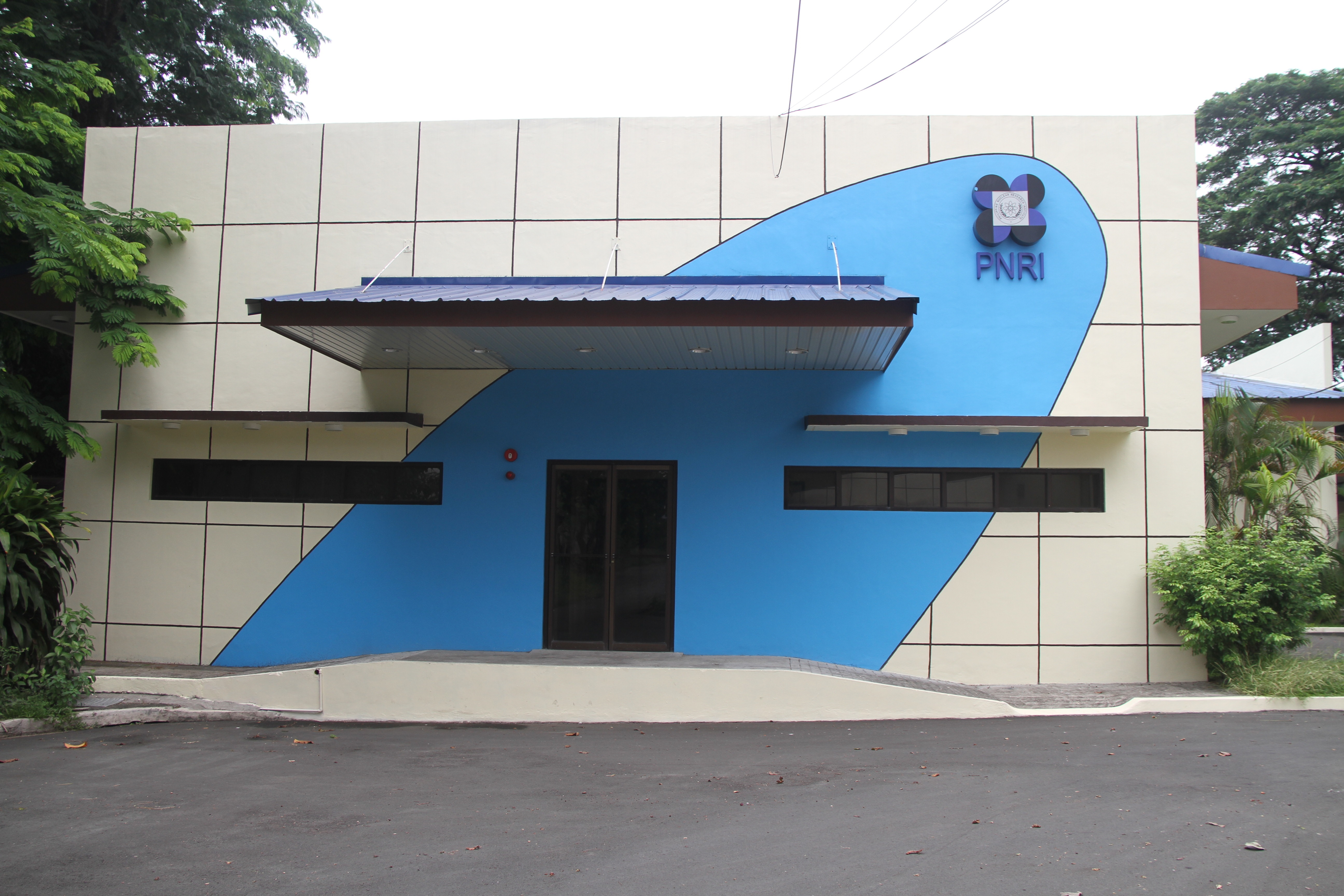

The PNRI Technetium-99m (Tc-99m) Generator Facility (above) where the Institute produces the Tc-99m generator (below)
PNRI Revives Technetium-99m Production
Bringing the Philippines back on track in improving its nuclear medicine applications, the Department of Science and Technology – Philippine Nuclear Research Institute (DOST-PNRI) has restarted its production of Technetium-99m (Tc-99m) with resources from other countries.
With PNRI’s Tc-99m Generator Facility, the average cost for importing the workhorse radiopharmaceutical can be lowered by around 20 percent.
A medical radioisotope generated from Molybdenum-99m (Mo-99), Tc-99m allows doctors to scan and provide an image of various organs in the body, used in more than 80 percent of the world’s nuclear diagnostic imaging procedures.
With a short half-life of 6 hours, Tc-99m emits gamma rays which makes it very useful as a tracer in helping to diagnose various physical ailments and abnormalities at the early stages while minimizing the exposure of patients to radiation.
After negotiations with the Rosatom State Nuclear Energy Corporation (ROSATOM) in Russia, PNRI Director Dr. Carlo Arcilla was able to secure a fresh shipment of Mo-99 from Moscow for the Institute’s operation of the generator facility, with the initial Tc-99m eluates to be used for unit dose training.
With the expected arrival of another batch of Mo-99m from Indonesia, PNRI plans to begin commercializing the Tc-99m radiopharmaceutical in the near future. The generator facility hopes to serve the needs of more than 40 nuclear medicine centers across the country.
PNRI has obtained a license to operate the Tc-99m facility from the Food and Drug Administration (FDA) in 2014.












































